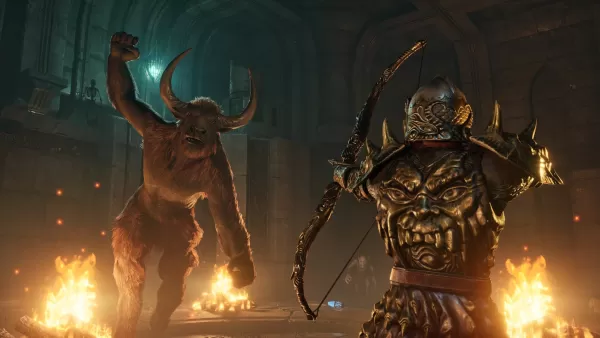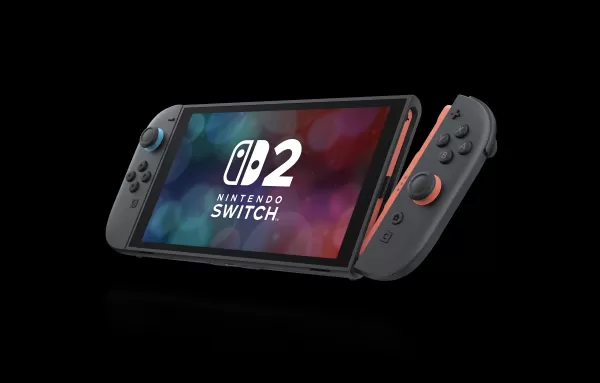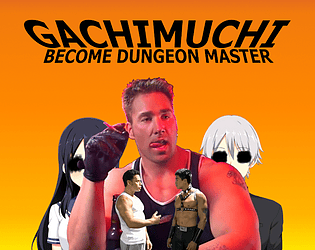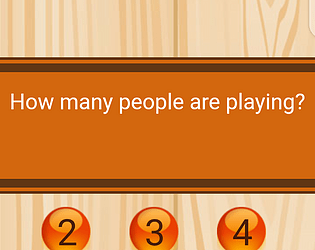When Bethesda unveiled the long-awaited Oblivion Remastered this week, my initial reaction was one of disbelief. The 2006 classic, once infamous for its quirky, potato-faced characters and low-resolution, sprawling green landscapes, has now been transformed into the most visually stunning entry in the Elder Scrolls series. The industry's history of underwhelming HD remasters—like the Mass Effect Legendary Edition and Dark Souls Remastered, which barely diverged from their Xbox 360 counterparts—had set my expectations low. Yet, seeing the Imperial City I explored nearly two decades ago, now rendered in Unreal Engine 5 with ray tracing, was a jaw-dropping revelation. Moreover, the game boasts enhanced combat, revamped RPG systems, and a host of other improvements. These enhancements led me to question whether Bethesda and developer Virtuos had misnamed the project. Shouldn't this be called Oblivion Remake instead of remastered?
It turns out, I wasn't the only one with this sentiment. Numerous fans and even Bruce Nesmith, the senior game designer on the original Oblivion, have argued that "remaster" might not fully encapsulate the scope of the changes. Despite my initial skepticism, after spending several hours with the game, it became clear: Oblivion Remastered might look like a remake, but it plays like a remaster.
The reasons Oblivion appears as a remake are straightforward: Virtuos has meticulously redesigned every single asset from scratch. Every tree, sword, and crumbling castle you see on screen is brand new, aligning with today's graphical standards. The game not only features stunning textures and lighting but also introduces a new physics system that realistically simulates arrow and weapon impacts. While the NPCs are the same as those from 2006, every model has been completely recreated. This overhaul aims not to replicate the nostalgia of the original but to meet 2025's high standards, making it the most visually impressive Bethesda Game Studios RPG to date. If I had seen it before the remaster rumors started, I might have mistaken it for The Elder Scrolls 6.
Yet, it's not just about the visuals. Combat has been significantly improved, making swordplay feel more impactful and less like wielding a balloon. The third-person camera now functions better with the addition of a reticule, and every menu—from the quest journal to dialogue and minigames—has been refreshed. The original leveling system, often criticized, has been replaced with a more sensible hybrid of Oblivion and Skyrim's mechanics. Plus, players can now sprint, adding a modern touch to gameplay. With such extensive visual and gameplay enhancements, it's easy to feel like we're in remake territory.
However, the classification of Oblivion Remastered as a remaster or remake brings us to a broader issue: the lack of clear industry standards for these terms. Publishers often use "remaster" and "remake" interchangeably, leading to confusion. For example, Rockstar's "Definitive Edition" remasters of the Grand Theft Auto trilogy are essentially upscaled versions of the PlayStation 2 games, while the Crash Bandicoot N. Sane Trilogy, also labeled a remaster, boasts entirely new assets and modern graphics. On the other hand, remakes like Bluepoint's Shadow of the Colossus and Demon's Souls are rebuilt from the ground up but remain faithful to the originals. Resident Evil 2 retains its original structure but completely reimagines the gameplay, and Final Fantasy 7 Remake and Rebirth radically alter the original's design, script, and story. These examples show the wide range of interpretations for "remake."
Historically, a game rebuilt from scratch in a modern engine was considered a remake, while remasters were limited upgrades within the original technology. This distinction is becoming outdated. A more fitting modern definition might be that a remaster is a graphical overhaul that maintains the original game's design with some quality-of-life improvements, while a remake redesigns the game from scratch. Under this definition, Demon's Souls and the upcoming Metal Gear Solid: Delta would be classified as remasters, reserving the term "remake" for games that truly reinvent the original experience.

Applying these definitions, Oblivion Remastered is appropriately named. Although it looks brand new thanks to its new assets and Unreal Engine 5 ray tracing, it retains the core mechanics and quirks of the original 2006 game. Bethesda emphasized, "We looked at every part and carefully upgraded it. But most of all, we never wanted to change the core. It’s still a game from a previous era and should feel like one." The hallmarks of that era are evident in the loading screens, the baffling persuasion minigame, the simplistic city designs, the awkward NPC movements, and the combat, which, despite upgrades, remains somewhat detached. Even the bugs and glitches, a signature of Bethesda's games, have been preserved to maintain the original's charm.
Recent games like Obsidian's Avowed showcase the future of RPG elements, making Oblivion Remastered's mechanics feel dated by comparison. However, the magic of Oblivion's world remains vibrant, with its open fields and myriad mysteries still captivating players. The game's ambition shines through in features like the dynamic goblin wars and its engaging quest structure, which surpasses Skyrim's repetitive dungeon crawls. The old-school approach to player freedom feels refreshing amidst today's more guided gaming experiences. Yet, the finer details of Oblivion—from dialogue to level design—clearly show their age. A true remake would update these elements, but Oblivion Remastered is about reliving the original experience with enhanced visuals and gameplay.
Video games often borrow terminology from other media. In film, remakes are entirely new productions with new casts, crews, scripts, and sets, while remasters are existing films enhanced to meet modern visual standards. Even with 4K restorations, films like Jaws and The Godfather remain unmistakably products of the 1970s due to their direction, delivery, and effects. Oblivion is akin to these restored classics, pushing its visual quality to the limits by recreating its "exterior" in a new engine. Yet, beneath its stunning visuals, it remains a product of the 2000s. As Alex Murphy, executive producer at Virtuos, aptly put it during the reveal stream, "We think of the Oblivion game engine as the brain and Unreal 5 as the body. The brain drives all the world logic and gameplay and the body brings to life the experience that players have loved for almost 20 years."
Oblivion Remastered is precisely what it claims to be, and its achievements should not be underestimated. Rather than insisting it's a remake, we should use it as a benchmark for how remasters should be done by other major AAA developers. This is the level of care and attention that should have been given to projects like Mass Effect Legendary Edition and Grand Theft Auto: The Trilogy. Oblivion Remastered is a labor of love, looking like a remake crafted by passionate hands but playing like a remaster preserved by dedicated fans. It embodies the perfect balance of honoring the past while enhancing the present.








